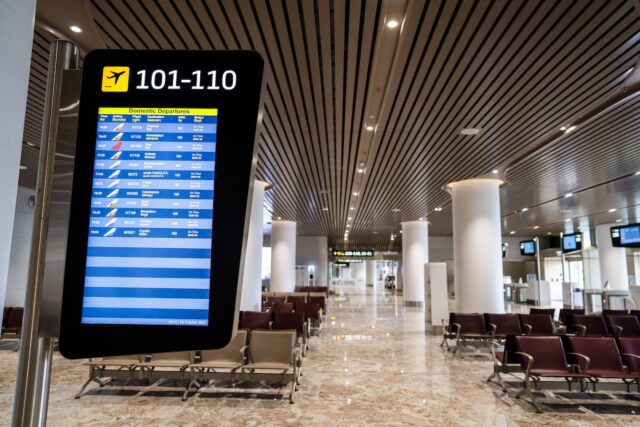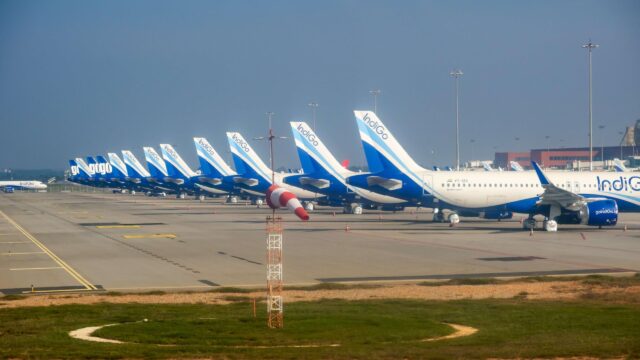Alef’s crazy flying car to begin airport operations in Silicon Valley—not quite Marty McFly, but close

August 27, 2025

Alef Aeronautics has secured agreements to start flying car operations at two Silicon Valley general-aviation fields: Half Moon Bay (HAF) on the San Mateo County coast and Hollister Municipal (CVH) in San Benito County.
The company is taking a step toward integrating cars that fly into everyday airport traffic, beginning with ground driving, vertical takeoff, short forward flight, and vertical landing profiles. Initial ops will use the Model Zero Ultralight before expanding to other prototypes and the commercial Model A.
Alef’s CEO Jim Dukhovny said operating at safe, non-towered airports should help the company, local operators and the FAA think through how these vehicles would integrate at scale.

“Alef first and foremost is a car,” he said. “The novelty is integrating a car into the aviation infrastructure and air traffic.”
Local coverage confirms the two-airport plan and notes Alef ultimately wants both airfields to serve as future fleet bases. Hollister’s Airport Advisory Commission has already discussed a one-month trial use agreement that city staff plan to bring to the council.
A flying car or a driving plane: what exactly is Alef building?
Alef’s Model A is a road-drivable, all-electric vehicle that can take off vertically. It will then rotate its body 90 degrees so the sides act like a box-wing biplane in forward flight. Eight internal rotors sit beneath a mesh upper surface, allowing air to pass through. The cockpit is mounted on a gimbal to keep occupants upright during transitions.
Alef states that the electric flying vehicle would have a road range of around 200 miles and a flight range of 110 miles. The sticker is also fairly lofty, with a target price of $300,000.
The company reports that it has received over 3,300 preorders. Last year, Alef inked an agreement with a joint venture between PUCARA Aero and MYC to manufacture aviation-grade certifiable parts for its Model A flying car.
The company has performed short “hop” demonstrations of the vehicle’s capabilities. In February, Alef released a video of an ultralight prototype performing a street hover and hop over a parked car, demonstrating it can drive, lift off, clear an obstacle, and land again.
Alef flying car certification
Alef received an FAA Special Airworthiness Certificate in 2023 for a prototype. It grants permission for limited test flying for R&D and Exhibition Purposes, not passenger service. For road use, Alef has previously discussed pursuing “low-speed vehicle” classification.
Flying Magazine reports that the firm aims to leverage the FAA’s evolving MOSAIC framework to pursue a light-sport-aircraft pathway for the Model A. However, none of this equates to full commercial certification today.

In the near term, Alef says airport operations start under ultralight rules with the Model Zero. US FAR Part 103 prohibits operations over congested areas, requires visual operations, and mandates right-of-way to other aircraft. These constraints limit where and how Alef can fly its demos.
Why Alef selected Half Moon Bay and Hollister for flying car trials
Both are non-towered general-aviation airports with active pilot communities and relatively straightforward airspace. They are helpful for controlled demonstrations while yielding to traditional traffic.

Alef says it will add procedures such as broadcast alerts and AI obstacle recognition to increase situational awareness and safety.
Alef is inspired by the time-travel adventures of Marty McFly
Unlike other Urban Air Mobility aircraft, this hybrid road/air vehicle would deliver on the science fiction vision of a flying car future, much like Doc Brown’s 2015-adapted DeLorean in Back to the Future.
In fact, the film plays a key role in the company’s history, as Alef explains on its website.
Marty McFly, the protagonist of the popular 1980s film franchise, travelled to his “future” (October 2015) on a modified flying DeLorean. Like most science fiction, much of the technology envisioned by the film has yet to be realised.
Meanwhile, in 2015, Alef’s founders decided to build a real flying car, since no one else had yet.
The four friends, Dr. Constantine Kisly, Pavel Markin, Oleg Petrov, and Jim Dukhovny, met at a Coupa Cafe in Palo Alto and sketched out a plan on a napkin. They initially thought they could complete the project by 2016. However, just like science fiction, their timeline is way off.
Alef’s internal target is to build the first Model A by late 2025 to early 2026, but even this is considered ambitious, given the certification and manufacturing hurdles.
Still, the visionaries have persisted with their dream project along the road less travelled, and it’s now one step closer to fruition. As Doc Brown tells Marty McFly in the film, “Roads? Where we’re going, we don’t need roads.”
















